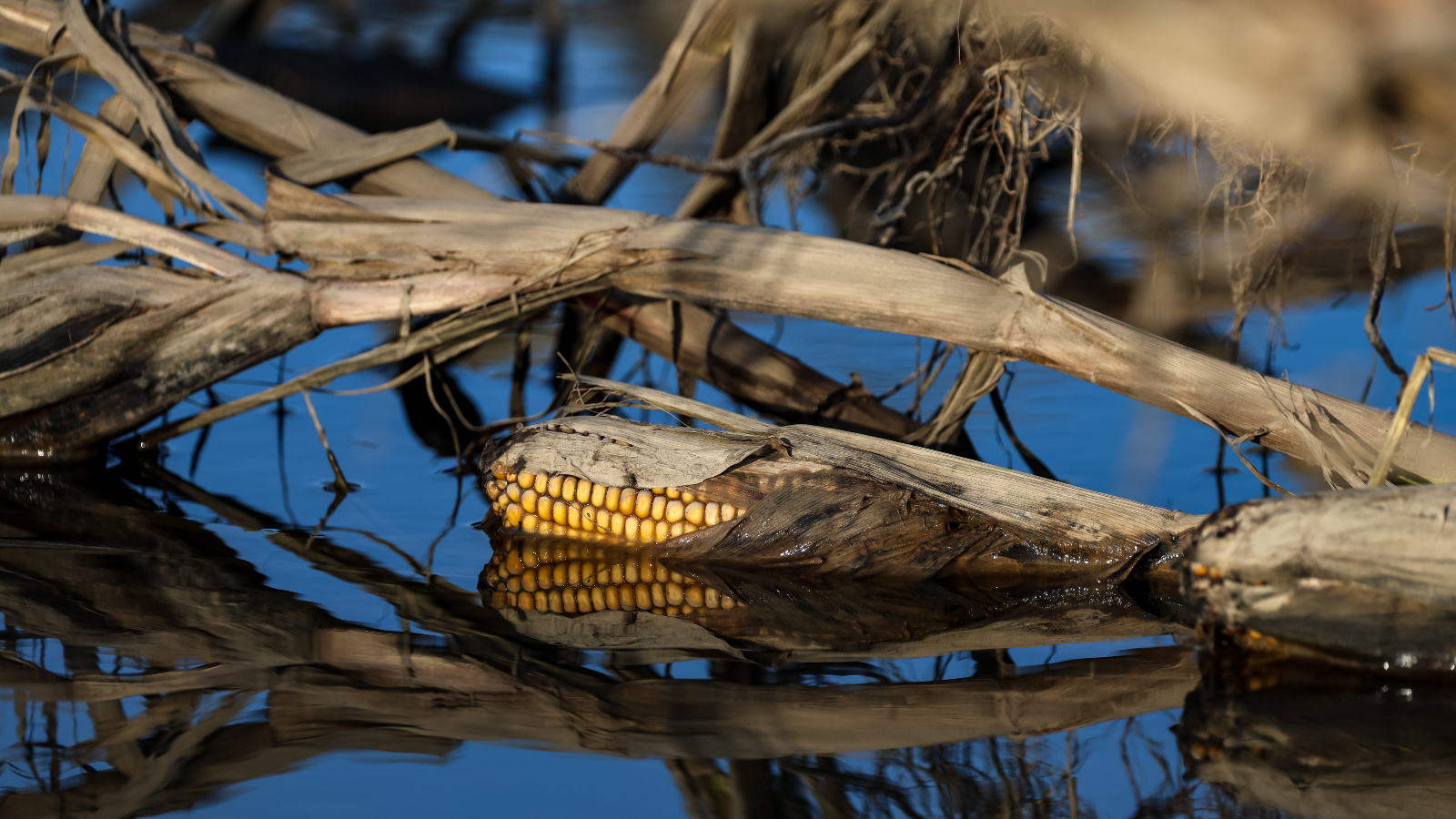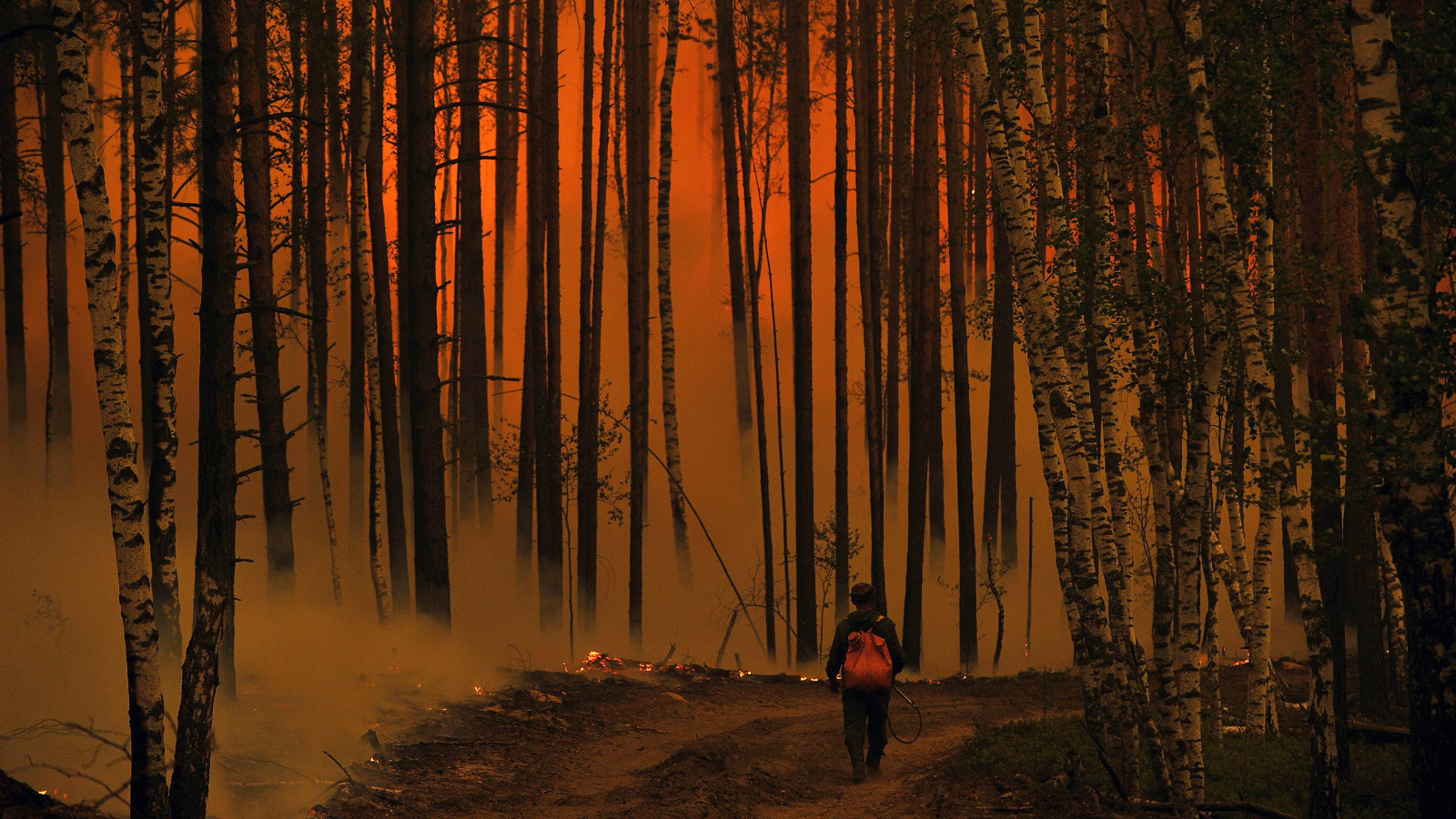When the bubonic plague reached England in the summer of 1348 — spread by fleas, lice, or infected humans, according to the latest theories — it reached a breeding ground for disease. Londoners’ immune systems had little defense against the new strains of plague that had been circulating throughout Europe, and London’s streets were a cesspit, ringed by overcrowded, poorly ventilated homes. The conditions high in the atmosphere were also conducive for an epidemic. The jet stream, the band of winds that sails above Europe, had shifted dramatically northward, bringing two years of cool, damp summers that sent people indoors, where disease spreads easily. By 1350, the Black Death had killed around a third of England’s population, if not more.
The patterns of Earth’s high winds have surprisingly widespread effects on life on the ground. A recent study in the journal Nature shows that when the summer jet stream over Europe veers north or south of its usual path, it brings weather extremes that can exacerbate epidemics, ruin crop harvests, and feed wildfires.
“The jet stream has caused these extreme conditions for 700 years in the past without greenhouse gases,” said Ellie Broadman, a co-author of the study and a researcher at the University of Arizona. “To me, that’s a little scary, to think about the compound effects of simply adding more heat to the atmosphere and imagining how those extremes might get more extreme in the future.”
Understanding how the jet stream behaved in the past is crucial for figuring out how it might be changing as the Earth heats up. Scientists believe that these fickle high winds are shifting northward and becoming “wavier,” vacillating closer to the poles and then closer to the equator instead of going in a straight line. But it has been hard to draw firm conclusions since real-world measurements of the jet stream only go back 60 years, Broadman said. By that point, greenhouse gas emissions spewed during the Industrial Revolution had already begun to affect its patterns.
For the recent study, however, a team of researchers from the United States, China, and several countries in Europe used data from tree rings to reconstruct the position of the jet stream over the last 700 years. Then they sought to understand how these shifts affected people, comparing the results to records on epidemics, crop yields, and wildfires. According to Broadman, the years that the Black Death raged through England were among the times when the jet stream was the furthest north in the new records, which trace back to the year 1300.
“The big challenge now is to work out how we can really use this new information to test and improve our climate models, and to make more confident predictions about how the jet [stream] might vary in the future,” Tim Woollings, a climate science professor at the University of Oxford who wrote a book about the jet stream, said in an email.
The jet stream’s whims can lead to what the study calls cascading effects. For example, bad harvests can lead to malnutrition, which can compromise people’s immune systems, making epidemics worse. And when people are sick, they can’t work as much in the fields, limiting harvests further. The study points to what happened in Russia in 2010, when a “blocking” pattern in the jet stream — which deflects oncoming weather — caused a prolonged heat wave, exacerbating wildfires and leading to the death of an estimated 55,000 people. In the aftermath, the country’s wheat production plummeted by 25 percent.

Dominika Zarzycka / NurPhoto via Getty Images
That same kind of stalling pattern might have worsened the devastating floods in Central Europe in September, causing Storm Boris to get stuck and dump rain over the same area for days, leading to some of the heaviest rainfall the region has ever seen. Across countries including Poland, the Czech Republic, and Romania, the storm led to at least two dozen deaths and caused billions of euros in damage.
Tracking the jet stream’s movement back to Medieval times wasn’t a simple process. The researchers knew that when the jet stream shifts north, it leads to cold, wet summers in the British Isles, and hot, dry ones in the Balkans and the Mediterranean. (When the jet stream veers south, those conditions are flipped.) They also knew that the density of the wood cells in tree rings says something about the type of weather the tree endured that year. During hot, dry weather, trees get stressed, and they start adding on smaller and smaller wood cells, leading to a thin, dense band of wood, Broadman said.
So researchers sampled very old trees in different parts of Europe to see whether they could piece together the position of the jet stream based on that data. After showing that the method worked reasonably well for predicting the past 60 years of jet stream behavior, they used tree rings to estimate the jet stream’s position going back centuries further.
Then they matched up the data with what they knew about European history, examining historical records about diseases, grain prices, and more. They found that the most extreme positions of the jet stream tended to create their own extremes on the ground. In the Mediterranean, for instance, wildfires occurred mostly during the hot, dry years when the jet stream was further north, and grape harvests (and wine quality) were particularly bad during the cool, wet years when the jet stream veered south.
“The very wonderful, convenient thing about working in Europe is that people have been writing things down for a very long time,” Broadman said. “Like, monks in Ireland for centuries and centuries have been writing things down about famine and epidemics.”

